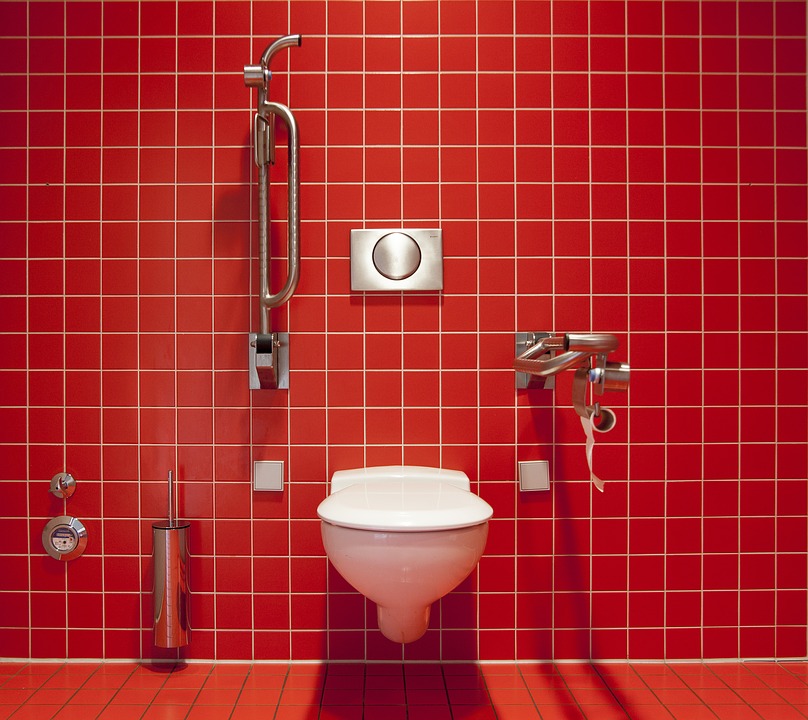When it comes to diseases like liver cancer, early detection is very important for a high chance of recovery and remission. A way to detect for an indicator of the condition is through what is being flushed down the toilet, specifically, the stools.
Much like other cancers, symptoms become more evident as cancer progresses, so it is important to spot them and see a doctor right away. Express reports that a sign of liver cancer may be found in the stool or the color of the stool. Experts say that if the stool looks white and chalky, then it may be a sign of the cancer. This may be because the liver is not producing enough bile - the substance that turns stools into varying shades of brown - so it can indicate a problem with the liver and or bile ducts. In the same vein, pale stools that follow or are followed by a change in the color of the urine may also indicate issues with the liver.
However, much like any other condition, symptoms overlap with one another, so this kind of change in the stool or urine may indicate some other condition, such as an infection. It is highly advised to see a doctor right away in case this happens.
But when the stool changes color, it does not necessarily mean a condition right away. The stool’s color will vary depending on the food one eats, or the kind of medication one takes. Certain types of food have been known to change the color of the stool once digested in the body, so it may not be a cause of concern just yet.
One example of which is beets. Beets are known for their purplish-red hue and are also known to stain hands and fingers if a person is cutting into them. Eating beets will result in having a dark red-hued stool, which may look like blood. If not in the stool, the pigment found in beets may show up a little bit in the urine as well, which can seem alarming.
Green veggies have also been known to change the stool color due to the chlorophyll present in them that give the veggies their green color. Blueberries are also culprits of resulting in unusual stool colors.



 U.S. Reassesses Fluoride in Drinking Water Amid Health Concerns
U.S. Reassesses Fluoride in Drinking Water Amid Health Concerns  As Pennsylvania inches toward legalizing recreational cannabis, lawmakers propose selling it in state-owned dispensaries similar to state liquor stores
As Pennsylvania inches toward legalizing recreational cannabis, lawmakers propose selling it in state-owned dispensaries similar to state liquor stores  From sunscreen to essential oils, why some personal care products could be harmful to your health
From sunscreen to essential oils, why some personal care products could be harmful to your health  Why incest porn is more common and harmful than you think
Why incest porn is more common and harmful than you think  Trump's Foreign Aid Freeze Halts U.S. Anti-Fentanyl Efforts in Mexico
Trump's Foreign Aid Freeze Halts U.S. Anti-Fentanyl Efforts in Mexico  Changes to speech and language can help detect Alzheimer’s early – here are five things to look out for
Changes to speech and language can help detect Alzheimer’s early – here are five things to look out for  New Survey Finds Healthcare Access and Affordability are Americans' Top Public Health Concern
New Survey Finds Healthcare Access and Affordability are Americans' Top Public Health Concern  5 years since COVID was declared a pandemic, we’re still poorly prepared for the next one
5 years since COVID was declared a pandemic, we’re still poorly prepared for the next one  Europe faces worst measles outbreak since 1997 – new data
Europe faces worst measles outbreak since 1997 – new data  ‘Pandemic babies’ turn 5: Here’s what research tells us about their development and remarkable resilience
‘Pandemic babies’ turn 5: Here’s what research tells us about their development and remarkable resilience  Cells lining your skin and organs can generate electricity when injured − potentially opening new doors to treating wounds
Cells lining your skin and organs can generate electricity when injured − potentially opening new doors to treating wounds  Are our thoughts ‘real’? Here’s what philosophy says
Are our thoughts ‘real’? Here’s what philosophy says  How to cope with romantic rejection – a psychologist’s advice
How to cope with romantic rejection – a psychologist’s advice  Trump's Executive Orders Disrupt U.S. Healthcare Funding
Trump's Executive Orders Disrupt U.S. Healthcare Funding  A brief guide to vitamin and mineral supplements – when too much of a good thing can become toxic
A brief guide to vitamin and mineral supplements – when too much of a good thing can become toxic  Trump Signs Executive Order to Expand IVF Access and Lower Costs
Trump Signs Executive Order to Expand IVF Access and Lower Costs 





























